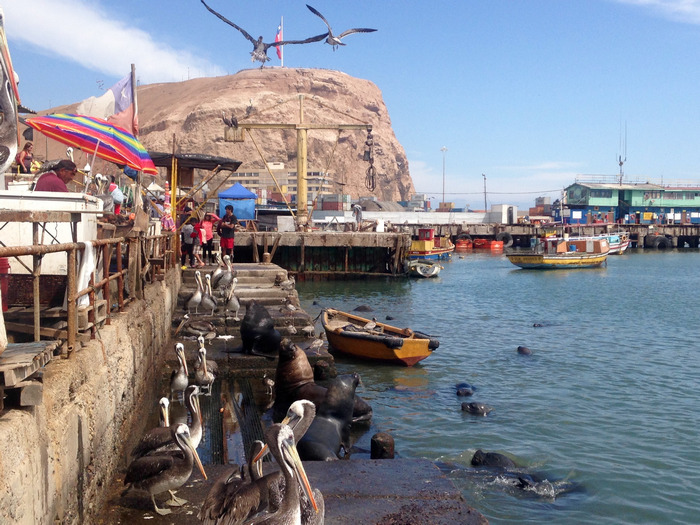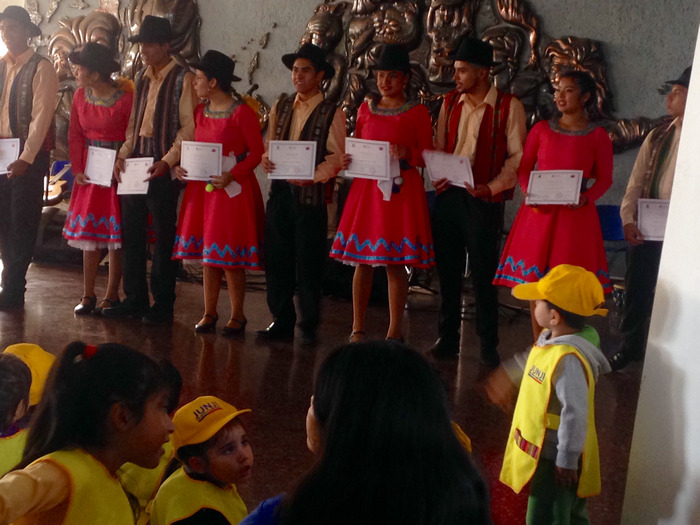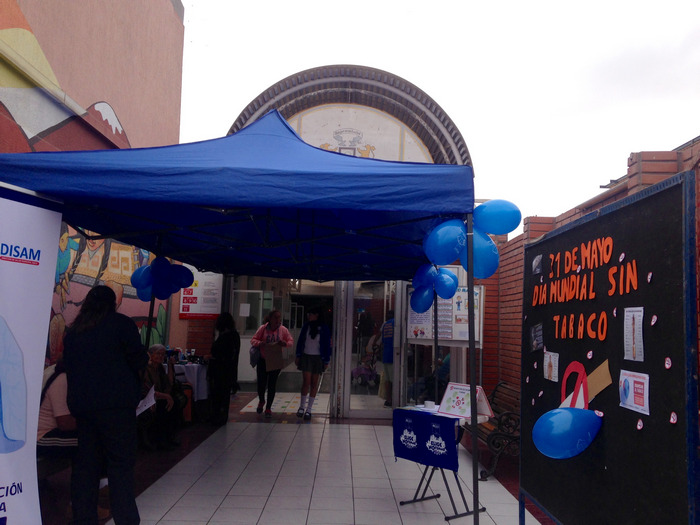US Student Investigation: Amanda Harris – Report June 2017
I am still auditing a medical anthropology course at the university and leading a weekly English Break in the Embassy’s American Corner on campus. I received IRB approval from the university, allowing me to start the second phase of my investigation. I am continuing to meet regularly with professor Vivian Gavilán for guidance on my research. I narrowed down my research objectives further based on my literary review and the exploratory interviews I conducted in the first two months.
I will still be working on understanding the cultural competency of the maternal and infant health care system Chile Crece Contigo for the Aymara population, but more specifically, I will now be analyzing the power dynamics within the intercultural birthing initiative called Utasanjam Usuña in the regional hospital in Arica.
I have conducted semi-structured interviews with four matronas (2 in a consultorio and 2 in the regional hospital) and I conducted a site visit to the hospital and visited the room where Aymara births occur. I will continue to conduct interviews with matronas and other healthcare providers (at consultorios and the regional hospital) to understand the biomedical system’s perspective on intercultural births.
I will also continue to hold interviews with Aymara women who have used the system Lastly, I will interview (and hopefully observe) an Aymara partera who works within a posta in rural Arica.

Teaching English classes in the American Corner has been a rewarding experience. Not only is it a great way to connect with other Chilean students, but it is also a way for me to contribute to my new community in a tangible way. I am constantly amazed at how patient and helpful my friends, classmates, and total strangers are with me as I continue to learn Spanish, and I am thankful for the opportunity to give back.
It has been a challenge to find Aymara women who have used the intercultural birthing initiative. Due to privacy laws within the medical system, I have not been able to connect to many users of the program. However, I am confident that the contacts I have made will lead to more connections; I just need to stay patient and persistent.
Sala de parto: This picture was taken in the intercultural birthing room at the Regional Hospital in Arica. This room is part of the program Utasanjam Usuña, meaning “to give birth as in our house,” where Aymara birth attendants participate in the delivery using culturally significant techniques.

Intercultural Signage: Many of the signs in the Regional Hospital in Arica are in both Spanish and Aymara, for example, the maternal ward sign featured in this photo.
CESFAMs:
I conducted interviews with midwives and other healthcare providers at these two health centers.

Ticnamar:
I visited a small town in the Andean foothills. Throughout the visit, my friend, who identifies as an Aymara woman, would stop and point out medicinal herbs used by the Aymara population to prevent and treat diseases, ranging from headaches to Tuberculosis. This picture features a woman herding her animals and carrying an aguayo, a multicolored cloth often used by many Aymara women in this region to carry their belongings or children on their backs.
Arica:
This picture features two of the most important landmarks in Arica: the port and el Morro. Especially on the weekend, the port is always bustling with fishermen and Ariceños, as well as sea lions and pelicans hoping to snag the leftovers.
Presentation:
Walking through the university, I often stumble upon dance practices and presentations, which feature Aymara dance and music.
